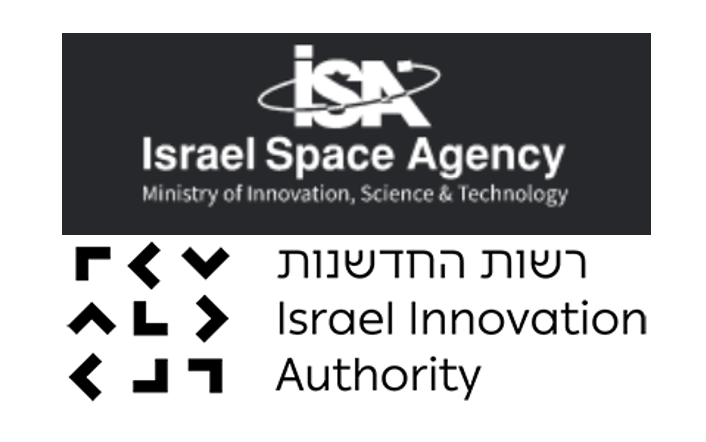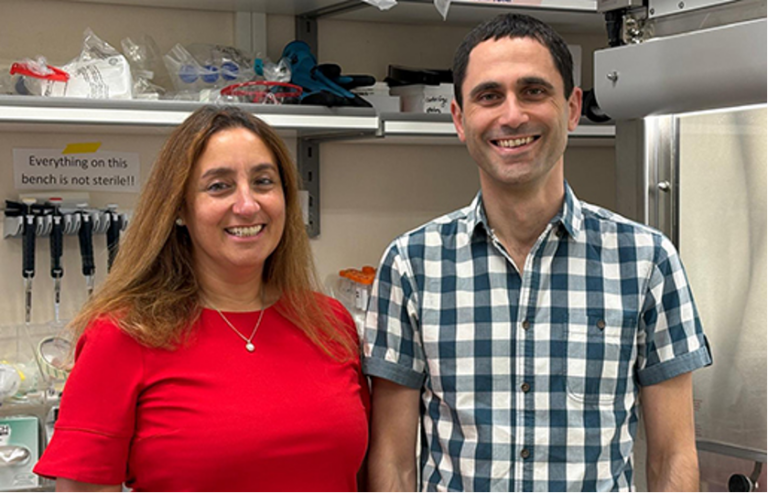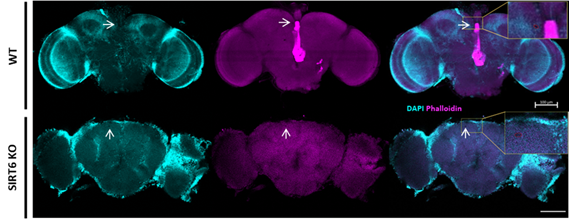Bar-Ilan U. : test oculaire et formation pour aider les astronautes et tout un chacun à mieux voir sur Terre

[:fr]
Le comité scientifique de la la mission israélienne Rakia qui se déroulera au sein de la Station spatiale internationale (ISS) a sélectionné la technologie de vision modifiée de l’Université Bar-Ilan pour être testée lors du prochain voyage spatial de l’astronaute israélien. La commission est composée de personnalités éminentes du monde académique, industriel et gouvernemental, avec à sa direction Inbal Kreiss, experte en industrie spatiale et responsable de la division Espace et Systèmes d’innovation chez Israel Aerospace Industries (IAI).
Une exposition prolongée aux conditions de microgravité pendant les missions spatiales peut altérer diverses fonctions physiologiques en général, et le système visuel en particulier. Le syndrome neuro-oculaire rapporté par les missions spatiales prolongées, caractérisées par une faible gravité, comprend une vision réduite, des modifications du nerf optique et de la rétine, et une modification de l’erreur de réfraction, qui perdure après le retour sur Terre. Le logiciel de tablette numérique utilisé par le Pr Uri Polat, directeur de l’École d’optométrie et des sciences de la vision et le Pr Yossi Mandel, directeur du laboratoire de science et d’ingénierie ophtalmique de l’Université Bar-Ilan, facilite la détection de légers changements dans les capacités de vision fonctionnelle pendant le vol.
En collaboration avec le Dr Eran Schenker, directeur de l’innovation médicale à l’Institut israélien de médecine aérospatiale, le Pr Polat et le Pr Mandel ont modifié la technologie pour leur permettre de surveiller la vision des astronautes pendant les missions spatiales. La technologie a été sélectionnée par l’Agence spatiale israélienne et la Fondation Ramon pour être placée à bord de la mission RAKIA prévue pour début 2022. À l’aide d’un examen oculaire numérique sur une tablette, les chercheurs surveilleront les effets en vol de la microgravité sur le fonction visuelle du deuxième astronaute d’Israël, Eytan Stibbe, lors de la mission RAKIA.
Le Pr Uri Polat, Université de Bar-Ilan : « La technologie est basée sur une application qui peut être téléchargée sur n’importe quelle tablette. Pendant le temps d’Eytan Stibbe dans l’espace, nous examinerons à distance sa vision et comprendrons à quel moment les changements se produisent. Les résultats nous permettront de tirer des conclusions sur les dommages neuro-visuels dans l’espace et pourraient constituer une avancée dans le traitement. Le Dr Eran Schenker, CMIO, Institut israélien de médecine aérospatiale, a remercié l’Agence spatiale israélienne et la Fondation Ramon d’avoir approuvé le projet de l’Université Bar-Ilan: « Je ne doute pas que cette recherche contribuera grandement à la compréhension de la microgravité et de la fonction visuelle qui seront d’une grande utilité même lors de missions à long terme sur Mars et dans l’espace.«
[:en]
Scientific committee of the RAKIA mission selects vision technology used and modified by Bar-Ilan University to be tested during Israeli astronaut’s upcoming space trip.
Prolonged exposure to microgravity conditions during space missions can impair various physiological function in general, and the visual system in particular. The so-called neuro-ocular syndrome reported in prolonged space missions characterized by low gravity includes decreased vision, changes in the optic nerve and the retina, and a change in the refractive error, and all may remain present following return to Earth.
Digital tablet software used by Prof. Uri Polat, Head of the School of Optometry and Vision Science and Prof. Yossi Mandel, Head of the Ophthalmic Science and Engineering Lab at Bar-Ilan Universityfacilitates the detection of slight changes in functional vision capabilities during flight. Together with Dr. Eran Schenker, Chief Medical Innovation Officer at the Israel Aerospace Medicine Institute, Polat and Mandel modified the technology to enable them to monitor astronauts’ vision during space missions.
The technology has been selected by the Israel Space Agency and the Ramon Foundation to be placed on board the RAKIA mission scheduled for early 2022. Using a digital eye examination on a tablet computer, the researchers will monitor the in-flight effects of microgravity on the visual function of Israel’s second astronaut, Eytan Stibbe, during the RAKIA mission.
Prof. Uri Polat, Bar-Ilan University: « The technology is based on an application that can be downloaded to any tablet. During Eytan Stibbe’s time in space, we will remotely examine his vision and understand at what point in time changes occur. The results will allow us to draw conclusions about neuro-visual damage in space and may constitute a breakthrough in treatment. »
Dr. Eran Schenker, CMIO, Israel Aerospace Medicine Institute, thanked the Israel Space Agency and the Ramon Foundation for approving the Bar-Ilan University project: « I have no doubt that this research will greatly contribute to understanding microgravity and vision function that will be of great use even during long-term missions to Mars and space. »
[:]







